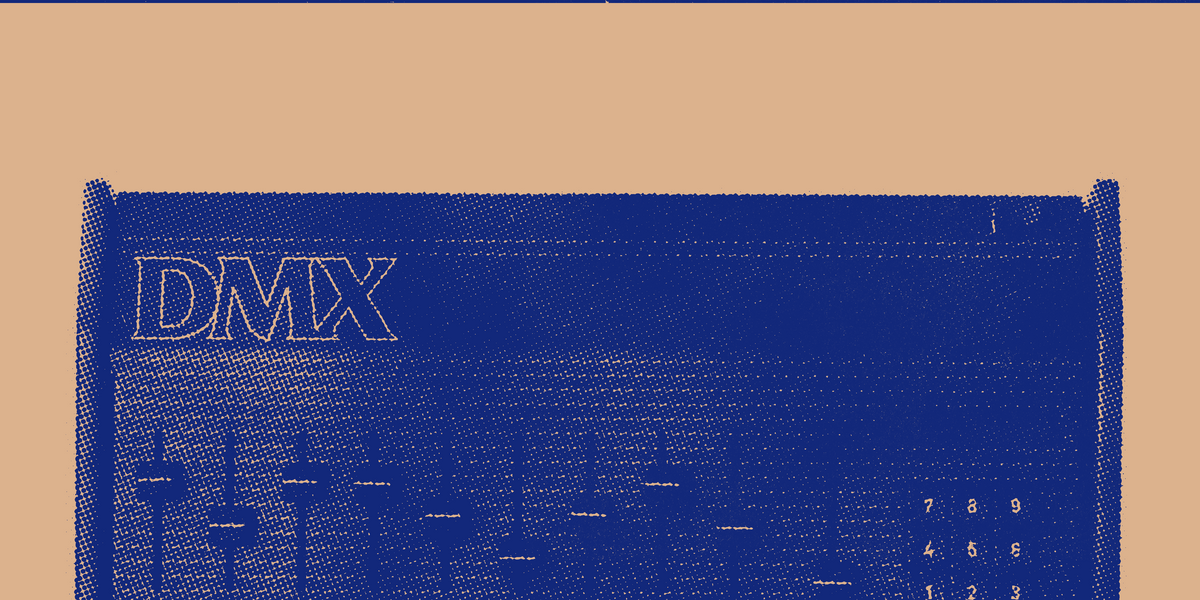The Oberheim DMX from original hiphop drum machine to design icon
The original sound of programmed hiphop drums and the sound of Blue Monday. The Oberheim DMX is the quieter legend of the drum machine era.

The Oberheim DMX, the iconic drum machine that defined the sound of an era, sits in an almost mythical space within the annals of music history. Introduced in 1981, it captivated the world with its distinctly fresh, versatile sound, catapulting the music industry into a new realm of rhythmic possibilities. This is the story of that pioneering machine.
Digital Rhythm Revolution
At the time when Tom Oberheim introduced the DMX, drum machines were nothing new. Early drum machines like the Rhythmicon had been around since the early 1930s, providing rhythmic backbones to genres as diverse as jazz, soul, and pop. But the Oberheim DMX was different. It heralded the advent of a new kind of drum machine—one that sampled real drums, gave artists a level of control that was hitherto unimaginable, and bore a sound that was uniquely its own.
Tom Oberheim, the talented man behind the legendary instrument, had always been a passionate innovator. Since the late '60s, he had been churning out analog synthesizers and sequencers that became the tools of the trade for progressive rock bands and experimental musicians. But the DMX was a different beast, a feat of engineering that brought together the precision of digital technology with the raw power of acoustic sounds.
Setting the Beat
The DMX was a unique piece of musical machinery. It incorporated analog-to-digital conversion and digital sampling technologies to faithfully reproduce the sound of actual drum hits. Each of the 24 individual drum sounds was a digitized sample of an acoustic drum, recorded in a studio and then processed and stored on EPROM (Erasable Programmable Read-Only Memory) chips.
The sounds could be accessed and sequenced through the machine's built-in microprocessor, allowing musicians to program their beats and rhythms in a way that was both precise and intuitive. An eight-channel mixer allowed for volume control of individual sounds, while a visual display and touch-sensitive pads provided an interactive way to program rhythms and patterns.
The samples could also be replaced or reprogrammed, lending a level of customizability and versatility that was a game-changer in its time. By swapping out the EPROMs, artists could change the entire sonic character of the machine, effectively creating their own personalized drum machine. This innovative feature opened the door to a whole new world of musical exploration and creativity.
Sonic Footprints
The DMX's impact on the music industry is as substantial as the deep, resonating thud of its kick drum. The drum machine's inherent sound—crisp, tight, and punchy—created a unique sonic identity that was quickly adopted by musicians across genres.
In the realm of New Wave and synth-pop, bands like Depeche Mode, New Order, and The Human League used the DMX to weave intricate rhythmic patterns and backbones into their music. The drum machine's tight snares and crystal-clear hi-hats helped to define the rhythmical landscape of the 1980s, contributing to the quintessential '80s sound.
In the world of hip-hop, the DMX's impact was revolutionary. The booming kicks and sharp snares of the DMX became the rhythmic foundation of many early hip-hop tracks. LL Cool J's "I Can't Live Without My Radio" and Run-DMC's "It's Like That" are classic examples of tracks that made iconic use of the DMX's sonic footprint. This drum machine, with its street-smart grit and danceable grooves, helped give hip-hop its raw, hard-hitting identity.
Beyond the Music
The DMX's influence extended beyond just the music. Its iconic interface and look, with its bright LEDs and chic grey and blue paneling, became a symbol of the era's newfound electronic dynamism. It found its way into music videos, album covers, and even movies, encapsulating the energy and possibility of the time.
Resounding Legacy
Decades after its introduction, the DMX's legacy resounds louder than ever. Its unique drum sounds have been immortalized in countless records and have become a staple of digital sound libraries. Whether it's the biting snare, the resonant kick, or the shuffling hi-hats, the DMX's sonic signature can still be heard across a vast expanse of modern music genres.
Artists and producers today continue to sample and repurpose these iconic sounds, using modern technologies to reshape them into new forms. In the realm of electronic dance music, the DMX's punchy, organic-sounding beats have found a home in sub-genres such as techno, house and electro, echoing through the dancefloors of today as they did in the 1980s.
Moreover, the DMX's influence extends beyond the realm of sound. It transformed the way musicians approached rhythm and programming, paving the way for the programmable drum machines and rhythm sequencers that are now industry standard. By combining the best of acoustic and digital technologies, it set a precedent for musical innovation that continues to inspire creators today.
The enduring popularity and influence of the Oberheim DMX serve as a testament to its revolutionary design and the timeless appeal of its sound. The heart of the DMX beats on in the music of today, underscoring the enduring legacy of this trailblazing instrument.


